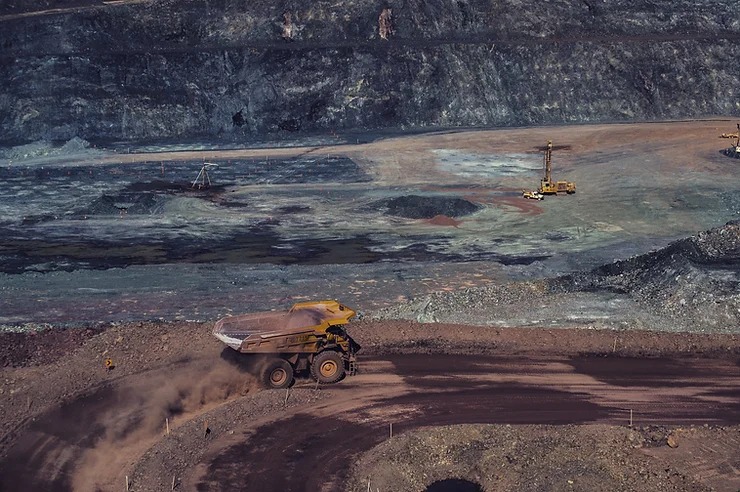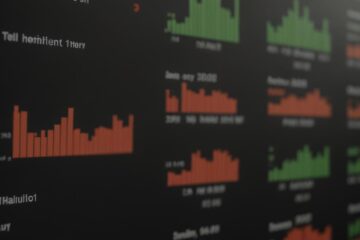According to a survey by White & Case, inflation and geopolitical risks are now the top concerns for the mining and metals sector in 2023, with ESG factors still a concern for investors and firms. Despite the uncertainty in the industry, mining companies are still making acquisitions and investments due to the demand for materials from the energy transition and the risk of supply deficits.
The survey also found that areas in high demand, such as copper and lithium, are likely to be big winners in 2023. The lack of clarity in the global macroeconomic outlook makes it difficult to predict how the market players will respond, but the respondents predict that iron ore, coal, and gold are likely to underperform in 2023. Resource nationalism is also expected to increase in response to high inflation and social strain. Despite recent declines in major inflation indices, an inflation upside remains for the year ahead. The end of zero-COVID policies in China may offer demand upside in the second half of the year, improving consumer confidence and borrowing for commodity-intensive goods and housing.
China’s potential for commodities is coinciding with a strong labor market in the US and excess savings in American households. Although rapidly rising interest rates have yet to cool down jobs and wages, there are deflationary drivers to consider, such as the strengthening US dollar against most currencies and rising interest rates in the US, which could hurt emerging markets. Furthermore, the generous financial support and spending across developed markets have a net deflationary impact, as households are running down their excess savings, leading to a downward correction in demand. While the producers globally have begun to report relative declines in cost or significant slowdowns in the rate of cost increases, producers in China have registered a net decrease year-on-year in costs since October, which accelerated investments in efficiency, deployment of renewable energy, and campaigns to encourage conservation.
Mining majors are entering 2023 in a strong position, although there is great uncertainty over what the year holds for the mining and metals sector. While junior miners may be better placed for growth than major companies, there is still plenty of room for growth amid the uncertainty. Predictions of worsening supply deficits for copper, nickel, lithium and other transition metals, among other things, put additional pressure on project finance and M&A activity. Financing and corporate transactions are likely to continue to evolve towards alternative arrangements, including streaming and royalty financing, as well as direct partnerships between miners and end-users.
The outlook for the sector is further complicated by varied market trends, which depend on economic conditions, but demand for battery minerals is expected to drive consolidation in 2023.
Nebular Cross can help metals companies in several ways.
-
- Nebular Cross can assist in managing risk and volatility in commodity prices through the implementation of robust CTRM (Commodity Trading and Risk Management) systems. These systems can help mining companies to make informed decisions regarding hedging strategies, and manage their exposure to commodity price fluctuations
-
- Nebular Cross can help mining companies to optimize their operations and increase efficiencies through the implementation of digital technologies such as automation, artificial intelligence, and data analytics. This can help mining companies to reduce costs, improve productivity, and enhance their overall competitiveness in a challenge in ever changing global landscape.
-
- Overall, can provide mining companies with the expertise, tools, and insights needed to navigate the challenges of the mining sector and achieve their business objectives



